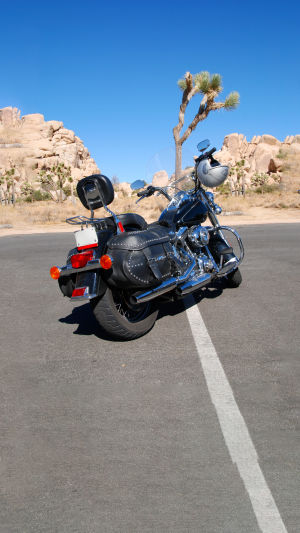Introducing the urban mini-motorcycle, a compact marvel from the West, measuring approximately 105 cm in length and 50 cm in height, weighing just 20 kilograms.
Despite its small stature, this mini-motorcycle delivers a powerful performance with a full range of functions similar to its larger counterparts.
Running on either gasoline or electric power, these mini-motorcycles—often resembling small motorcycles or mountain racers—are marketed as toys with catchy names like ‘Super Samurai Racing,’ ‘Mini Motorcycle,’ and ‘Mini Moto.’
The ‘Pocket Rocket,’ a popular mini-motorcycle, can support up to 100 kilograms and reach speeds of 45 kilometers per hour. Another variant, the ‘super motorcycle,’ boasts an impressive top speed of up to 80 kilometers per hour, capturing the attention of enthusiasts.
Given that 40-60 kilometers per hour is the economic speed for motorcycles on flat roads, offering a balance between safety and fuel efficiency, these mini-motorcycles are a practical option. In comparison, regular motorcycles can reach speeds of 80-120 kilometers per hour, racing motorcycles exceed 300 kilometers per hour, and those designed for scientific purposes can hit speeds of up to 700 kilometers per hour.
When it comes to motorcycle maintenance, it’s important to consider the break-in period for a new motorcycle, which spans about 1600 kilometers. During this phase, speed restrictions are applied: 0-500 kilometers at no more than 45 kilometers per hour, 500-1000 kilometers at no more than 55 kilometers per hour, and 1000-1600 kilometers at speeds below 80 kilometers per hour.
5 Most Affordable Mini Motorcycles for 2024
Video by Instructor Cory
Oil changes are recommended at each interval during the break-in period. Afterward, it is advised to change the oil every 2000-2500 kilometers, with a speed limit of 90 kilometers per hour during normal driving.
While motorcycles may initially seem complex, their structure can be broken down into three main components: the engine, frame, and accessories. The engine, which is the most integrated assembly, consists primarily of an internal combustion engine and a gearbox. The gearbox, made up of gears and clutches, simplifies the transmission process. Further division of the engine reveals additional components like oil pumps, balance shafts, starters, and cooling systems.
The frame, which includes the basic frame and travel mechanism, functions as the motorcycle’s skeleton, providing structural integrity and support for the other components
Diverse frame types, shock absorbers, brake kits, wheels, tires, and steering systems all contribute to the overall construction of a motorcycle. Accessories, including components such as electrical parts, wiring harnesses, gauges, and light bulbs, complete the motorcycle’s composition.
In essence, the mini-motorcycle represents a fusion of innovation and practicality, challenging preconceived notions about size and performance in the realm of two-wheeled transportation.
Delving deeper into the mechanics of motorcycles, the engine stands as a pinnacle of integration, combining an internal combustion engine and a gearbox. These intricate components, governed by factors like heat dissipation and cylinder layout, may vary in design but share fundamental functions—compression, gas distribution, and transmission of work.
Further examination reveals ancillary parts, such as oil pumps, balance shafts, starters, and cooling systems. Meanwhile, the frame, encompassing both the basic structure and travel mechanism, serves as the motorcycle’s architectural foundation.
With diverse frame types, shock absorbers, brake kits, and simplified electrical systems, the frame plays a crucial role in the motorcycle’s overall structure.
Accessories, which form an integral part of the motorcycle’s ensemble, extend beyond just the visible exterior. They include electrical components, wiring harnesses, gauges, light bulbs, and auxiliary designs, all contributing to the motorcycle’s enhanced functionality.
Together, these components transform the mini-motorcycle from a compact vehicle into a robust and versatile player in the dynamic world of urban transportation.





